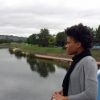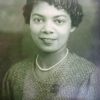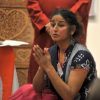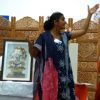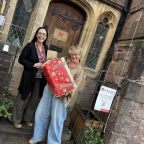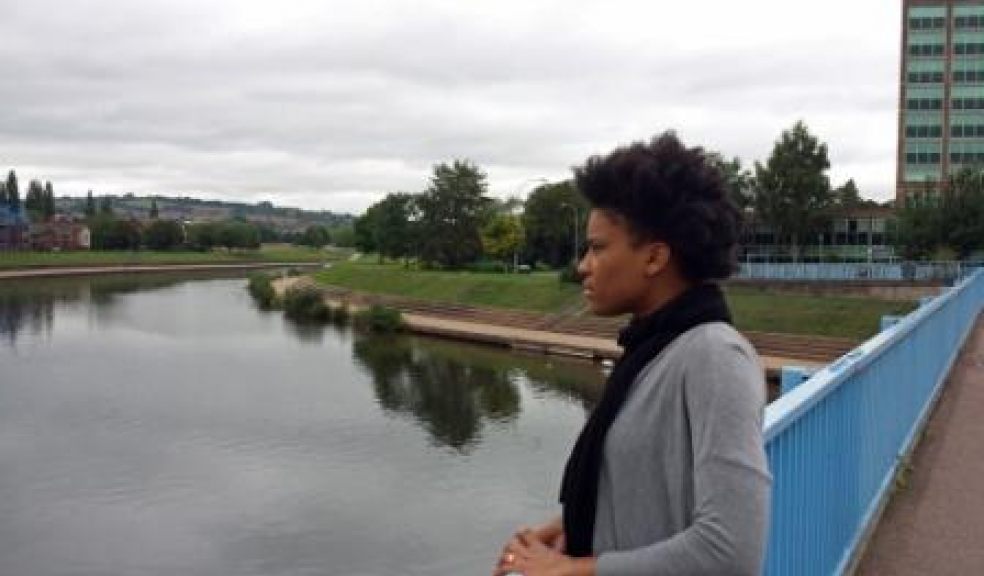
Painting a colourful new picture of Exeter’s history
Exeter may never be seen in quite the same light again, according to a new local history project. It seems that this most ‘English’ of cities isn’t quite so English after all, according to a new chapter in the city’s history which has been produced by a mixed group of local volunteer researchers, over half of them from Exeter’s Black and Ethnic Minority community.
In what’s thought to be the most comprehensive local history project of its kind nationally, Telling Our Stories, Finding Our Roots, has taken 12 months to produce but really, the story has been 2,000 years in the making.
A website has just been launched with a timeline of Exeter’s multicultural history and with stories about the people and places at the heart of it. People will be able to add stories and downloadable resources will be available for all the city’s schools to access. There is a self-guided ‘Multicultural Exeter’ tour and regular guided tours are also planned, as are storytelling events.
The charity behind the Heritage Lottery-funded project, Devon Development Education, believes the results will change people’s perceptions of Exeter forever. Project leader Ghee Bowman said: “There’s much more to Exeter than the Cathedral and the Blitz in 1942 and part of that hidden stuff is about people from minority backgrounds, people from elsewhere who’ve made their homes here or visited for a short time and been part of the life of the city.
“It’s not re-writing the history, but adding another chapter; it’s like we have a white picture and we’re colouring it in. And it’s a community history; it’s not from scholars or old text books.”
That community consists of 22 local residents whose backgrounds are diverse but whose stories have all converged in Exeter. Among them is Sandhya Dave. London-born Sandhya is a second generation British-born Gujarati Indian. She has researched a number of stories featuring people and places from Exeter’s multicultural past, including the statue of the Hindu God Ganesh which is at the Royal Albert Memorial Museum (RAMM).
“Here was an object that was collected in the days of the Empire; we have no idea whether it was gifted, bought or simply stolen. Because of my background I looked at this object with a different perspective and raised questions. Yes, it’s a beautiful piece but where does it come from? And for us, it’s not an object; it’s something of reverence and it’s very alive for us today.”
Sandhya also did a bit of digging into the site that now houses the Pizza Hut restaurant in the St Thomas area. It was formerly the Birdall foundry, which dates back to the 1500s and it made manillas – bronze bracelets that were used for trading, especially in West Africa: “A manilla would have been used to trade in things like ivory, gold, pepper and also people – slaves. We now think that the foundry in St Thomas is probably the oldest foundry that was making manillas so Devon might possibly have had earlier trade links with Africa than anywhere else. Every time I look at that Pizza Hut I see something entirely different.”
The website timeline and city walk feature what is known about some of Exeter’s minority communities down the years, including those with Chinese, Asian, Jewish, Muslim, African and West Indian origins.
Among the personalities that the project has ‘discovered’ is Dorothea Hendy, who was of mixed heritage having been born in Cornwall of a Cornish mother and Jamaican father. She was a resident of Exeter from 1939 until her death in 2002, living in the same house in Wonford for over 50 years and developing a broad Devonshire accent.
Her story has been brought to life by Ghee and volunteer Crystal Carter, originally from California but a resident of Exeter since 2005 after marrying an Englishman while studying here for her degree.
Dorothea was something of a heroine, risking her own life to look for casualties during the 1942 blitz of Exeter.
It’s this wartime era that is of special interest to Crystal, whose father and grandfather were black servicemen in the US military; her grandfather served during World War Two.
Crystal, 30, researched stories of black GIs stationed in Exeter in 1943-44: “The American army was still operating segregation so when they came over here, they were essentially two separate armies – a black army and a white army. The black GIs were based in tents at the County Ground in the St Thomas area on the west of the River Exe; the white soldiers were at Topsham Barracks on the other side of the river. They had military police on the Exe Bridge to make sure they didn’t cross. But there were regular fights at the river.
“The British were baffled by this segregation and were quite friendly towards the black Americans. Black soldiers talked of how important their relationships were with English people; they seemed to get on quite well and the English people were interested in their experiences. On the whole, there was sympathy for these oppressed men whom they felt deserved a bit of fair play.”
The next stage of the project is to involve the city’s primary and secondary schools. One of the schools which has piloted the learning resources is St James. Ethnic Minority Achievement Coordinator, Helen Stephenson, said: “Four of our students, aged 15 and 16, have taken part in the project. One of the project volunteers was a girl with a Filipino background and she invited three of her school friends from diverse backgrounds to take part.
“Their stories are now part of the oral histories archive at the Devon Record Office, so the girls have become part of local history.
“We’ll be looking to bring the online resources increasingly into the curriculum. It’s linking in to what students are studying in history and developing it further with a local element. The response from students has been very positive.
“On a school level, we are challenging the stereotype of Exeter being mono-cultural. We are looking at the city’s past population and its current population. Our school reflects Exeter’s international community and it’s something we celebrate.”
Not everyone is celebrating though: “The project hasn’t been universally well received,” said Ghee. “There has been a minority of people, far right activists, who see this as being anti-English. They’ve said I’m a traitor to my race. But this is why the project is so important, in order to educate.”
Sandhya has experienced this at first hand: “I’ve been walking down the street and been told to go back home; I’ve been called a Paki; and I’ve had to wait to be served in different places. There’s a part of me that’s resilient and I have certain defence mechanisms but actually, beyond those defence mechanisms, it hurts.
“Racism isn’t any worse in Exeter; what we have in Exeter is a sense of ignorance, I think. On the whole, Exeter and Devon is a beautiful place to live in and I believe most people have good experiences. But there are experiences that aren’t always so positive.”
Ghee is optimistic that Telling Our Stories, Finding Our Roots can make a difference: “That’s what we’re hoping to do; to enable people to see Exeter with another pair of glasses on. This could be a tool for change, absolutely.”









